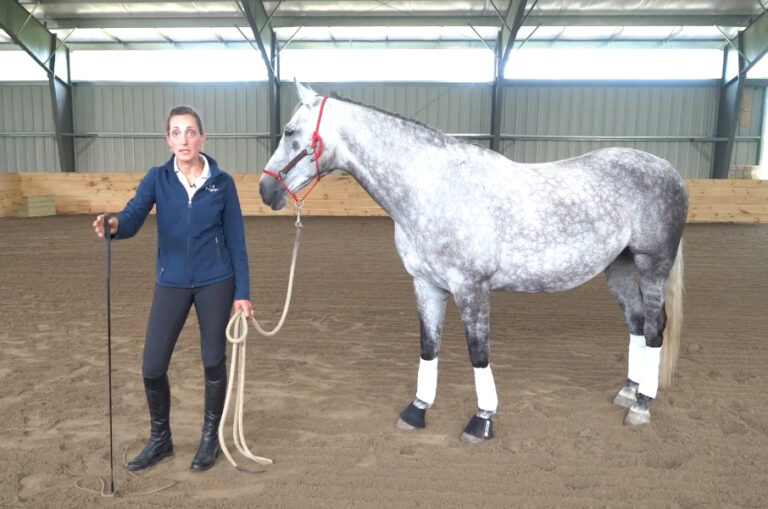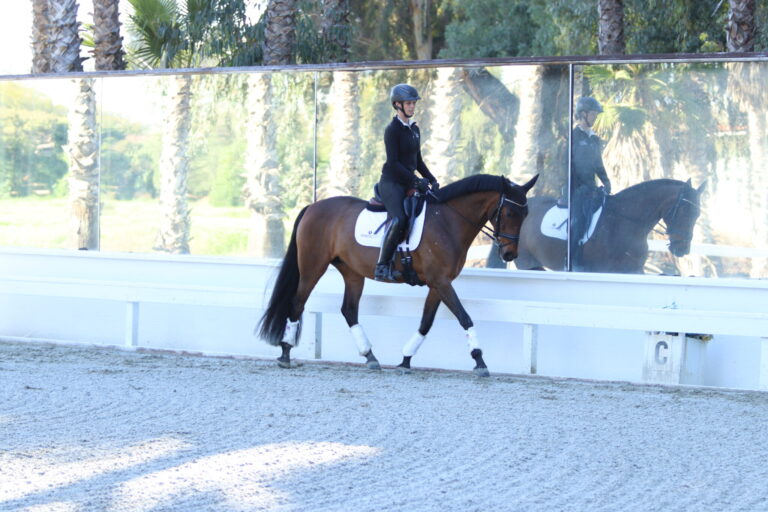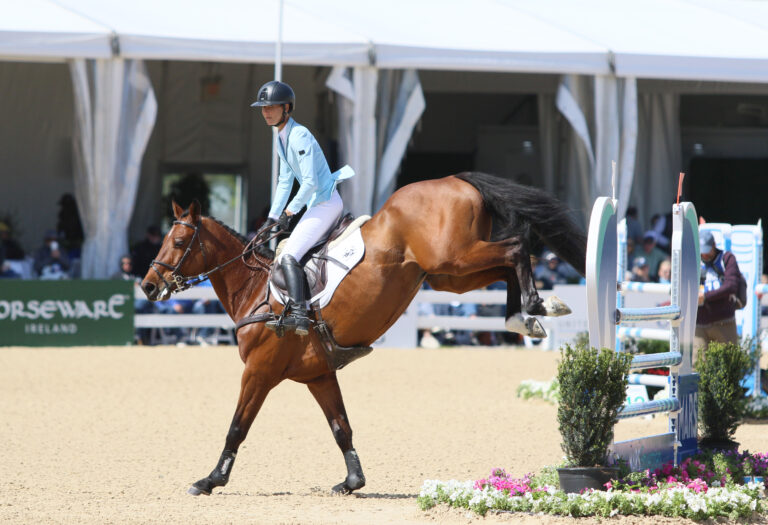Olympic gold-medalist and show jumping legend Leslie Burr-Howard taught a clinic Saturday, November 17, at Rutledge Farm as part of the 2018 Rutledge Farm Sessions. The exclusive clinic series brings together championship medal winners to teach at the world-class facility throughout the year, including McLain Ward, Will Simpson and Phillip Dutton. Saturday’s clinic offered insight from Burr-Howard on proper flatwork and the importance of proper leg and balance over fences.
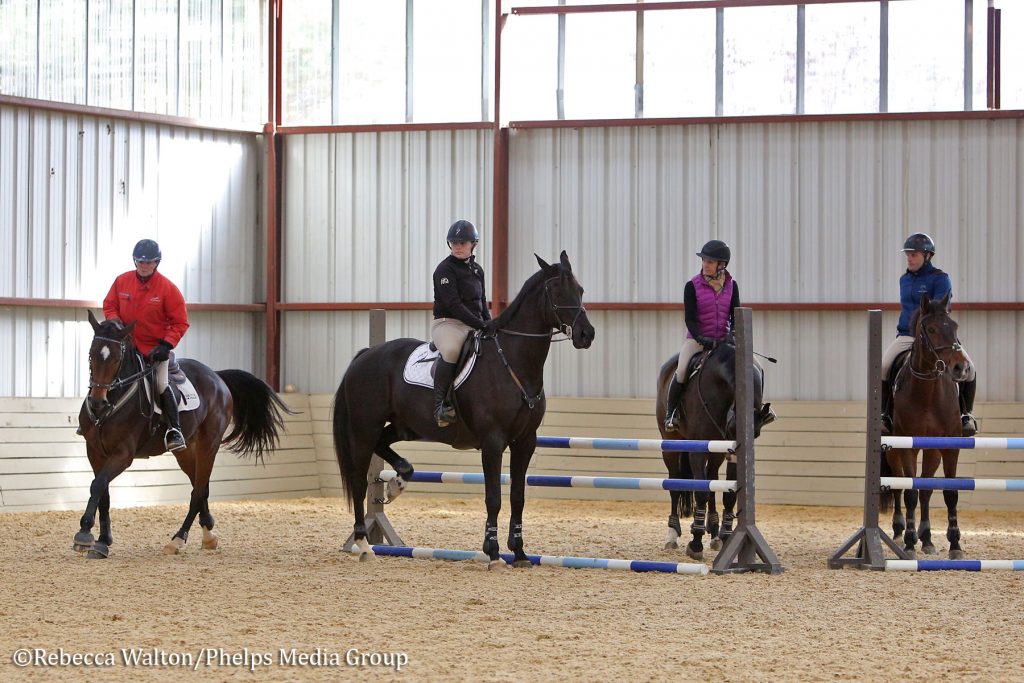
Burr-Howard won Olympic team gold in 1984 in Los Angeles, California and Olympic team silver in 1996 in Atlanta, Georgia. Burr-Howard has also won both gold and silver medals at the Pan American Games in Caracas Venezuela and Winnipeg, Canada, respectively. Throughout her extensive career, she has competed in 18 World Cup Finals, and is one of only five females champions in the event’s 40-year history. Burr-Howard also had a successful junior career, winning the ASPCA Maclay Finals at Madison Square Garden at just 15 years-old.
The session was kept intimate, limiting groups to just four riders. Drawing on her years of experience, Burr-Howard was able to individualize the training to more closely focus on specific goals for each horse and rider pair. With an emphasis on flatwork, each rider warmed up at the trot over a series of poles where Howard critiqued their position to ensure they were getting the best ride out of their horses. Hand to leg, leg position and seat position were emphasized on the flat throughout both the trot and the canter work.
“Flatwork is what you do until you leave the ground,” Burr-Howard said. “That’s how you get from one jump to the other, so I think obviously flatwork is very important. It’s also very important that you understand how your horse functions and how to function on your horse in your half-seat and in your full-seat. At the end of the day, this is a galloping sport, so you have to be tuned in and responsive and rideable at the gallop.”
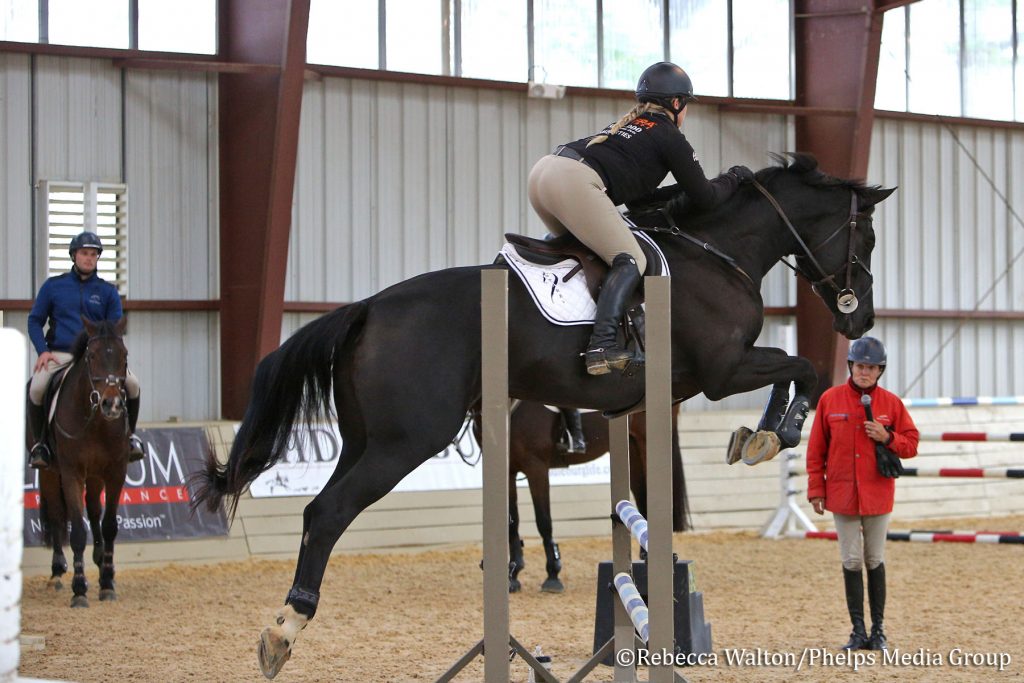
Following flatwork, Burr-Howard had riders tackle simple jumping exercises to apply what they had just learned. Riders were tasked with completing lines with an “S” bend, as well as various forms of gymnastics that included both oxer and vertical fences. The exercises over fences helped riders focus proper usage of their leg to remain balanced and give the horses an effective ride.
Session attendee, Tiffany Cambria, commented on her experience saying, “As a professional you kind of forget small things that you don’t really pay attention to and it can make all the difference in the world to a horse.” She added, “It’s really good to kind of do the checks and balances between what we do on the flat and what she had us do on the flat.”
Tiffany’s husband, Guy Cambria, added, “I think it is great, we’re very lucky that we have this facility and were able to utilize it, and as professionals get help from that caliber of other professionals. I think as horse people, you’re knowledge junkies. So to get the knowledge from them and be able to have her sit on our horses and then be able to get right on after she sat on the horse and be able to get that feeling, that was really the big takeaway for us.”
For more on Leslie Burr-Howard, check out this story on how she’s succeeded more than 40 years in the sport.





